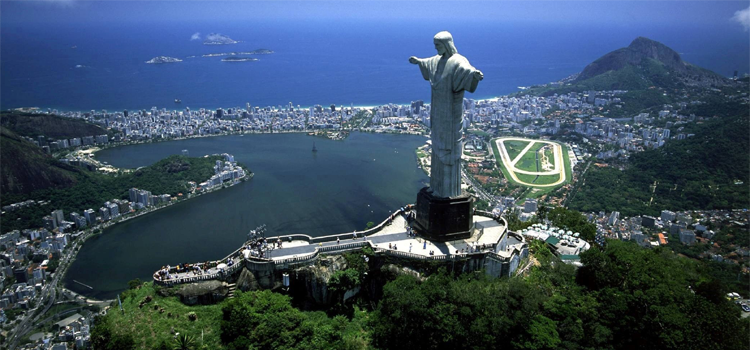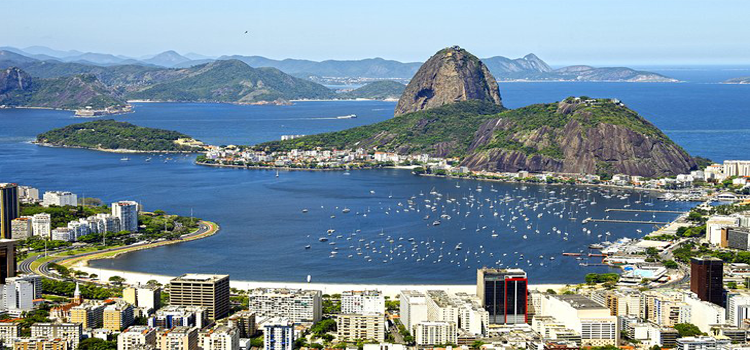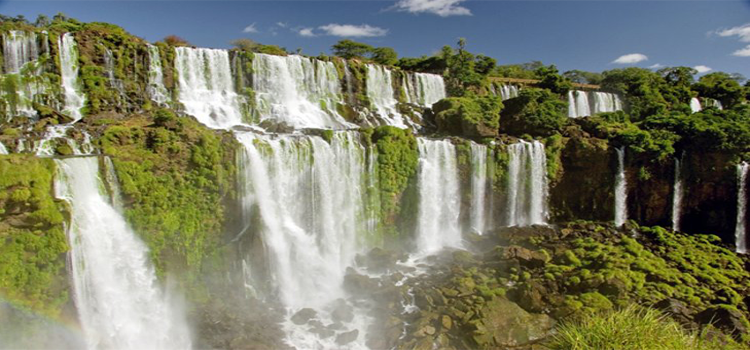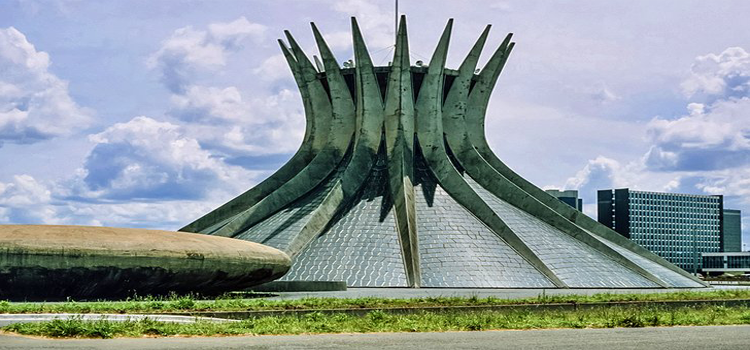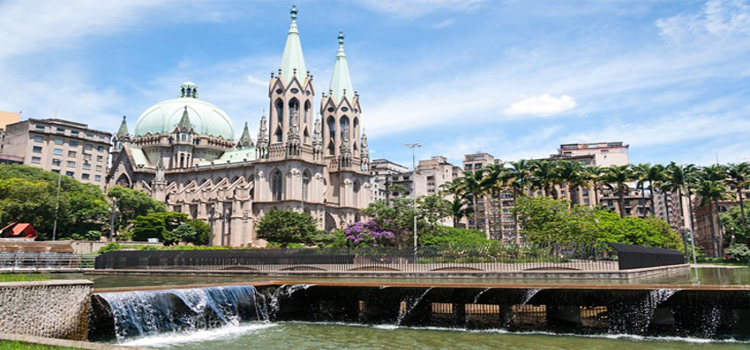Christ the Redeemer,Rio de Janeiro, Brazil
With arms outstretched 28 meters, as if to encompass all of humanity, the colossal Art Deco statue of Christ, called Cristo Redentor (Christ the Redeemer), gazes out over Rio de Janeiro and the bay from the summit of Corcovado.The second largest Art Deco statue in the world, Christ the Redeemer ascends high on the mountain, overlooking gorgeous panorama of Rio. The idea of a statue on top of Corcovado mountain first was mentioned in the middle of the 19th century. However, it was finally resolved and the statue was completed in 1931.Posited in Tijuca National Park, on the 700 m (2,300 ft) high peak, Christ the Redeemer provides the amazing panoramic views. A trip to the top is also a little adventure: getting there by train through the tropical forest is the favorite way to go.A mid-point stop on the railway leads to trails through the Tijuca National Park, a huge forest that protects springs, waterfalls, and a wide variety of tropical birds, butterflies, and plants. Several more viewpoints open out within the park.

